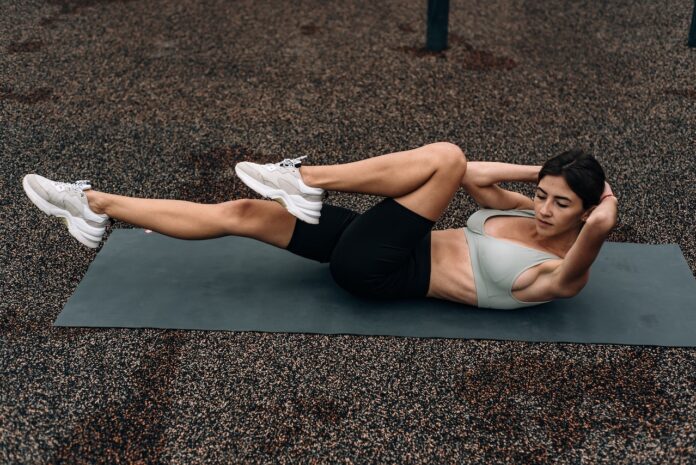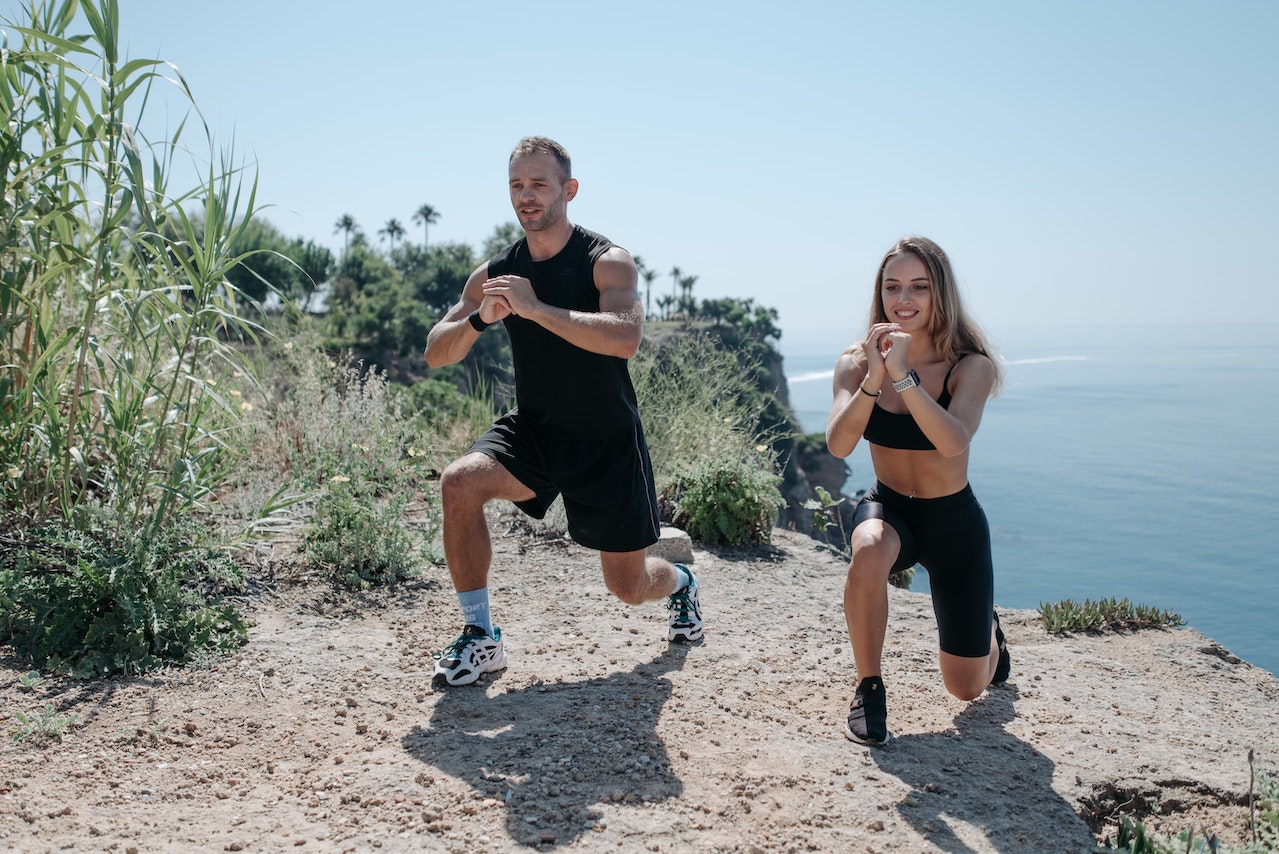Why Do My Legs Hurt When i Do Ab Exercises I.E. Sit-ps?
When it comes to ab exercises like sit-ups, many people have experienced the perplexing issue of their legs hurting. It’s a common concern, and you may be wondering why this happens. Let me shed some light on the matter.
The primary reason behind leg pain during ab exercises, particularly sit-ups, is due to the involvement of hip flexors. Sit-ups require significant engagement of these muscles, which connect your thighs and lower back. As you perform the exercise, your hip flexors contract and work in conjunction with your abdominal muscles.
However, if your hip flexors are tight or overactive, they can overpower your abs during sit-ups. This causes unnecessary strain on your legs and results in discomfort or even pain. Additionally, weak core muscles can also contribute to improper form during sit-ups, leading to compensatory movements that put extra pressure on the legs.
The Role of Leg Muscles in Ab Exercises
When it comes to performing ab exercises like sit-ups, many people often wonder why their legs end up hurting. It’s a common experience that can leave you feeling perplexed. Well, let me shed some light on the topic and explain the role of leg muscles in ab exercises.
- Stability and Support: One of the primary reasons your legs may hurt during ab exercises is because they play a crucial role in providing stability and support to your core. Sit-ups require you to anchor your feet or keep them grounded, which engages various leg muscles such as the quadriceps, hamstrings, and calf muscles. These muscles work together to maintain balance and prevent excessive movement while you perform abdominal contractions.
- Transfer of Force: Another reason for leg discomfort during ab exercises is related to the transfer of force from your core to your lower body. As you engage your abdominal muscles and flex forward during sit-ups, there is a transfer of energy through your torso down towards your legs. This energy transfer puts additional strain on the leg muscles involved in stabilizing and supporting your body.
- Muscle Imbalances: Additionally, if you have muscle imbalances between your core and leg muscles, it can contribute to increased leg discomfort during ab exercises. Weakness or tightness in certain leg muscles can lead to compensatory movements or overuse of other muscle groups, causing discomfort or even pain in the legs when engaging in abdominal workouts.
To alleviate leg pain during ab exercises:
- Ensure proper form: Pay attention to maintaining correct posture throughout each repetition and avoid straining or overextending your legs.
- Stretch before exercising: Incorporate dynamic stretches for both your core and lower body into your warm-up routine.
- Strengthen all muscle groups: Focus not only on training your abs but also on strengthening all major muscle groups including the legs for better overall balance.
- Progress gradually: Gradually increase the intensity and duration of your ab exercises to allow your muscles to adapt and reduce the likelihood of discomfort.
Remember, it’s normal to feel some muscle soreness after a workout. However, if you experience persistent or severe pain in your legs during ab exercises, it’s advisable to consult with a fitness professional or healthcare provider for personalized guidance and advice.
Common Reasons for Leg Pain during Ab Exercises
If you’ve ever experienced leg pain while doing ab exercises like sit-ups, you’re not alone. Many people wonder why their legs hurt during these workouts. There are a few common reasons that can explain this discomfort:
- Muscle Imbalances: One possible reason for leg pain during ab exercises is muscle imbalances. When your abdominal muscles are weaker than your hip flexors or quadriceps, it can cause strain on the surrounding muscles and joints, including those in your legs. This imbalance puts extra stress on the legs, leading to discomfort or even cramping.
- Hip Flexor Engagement: During sit-ups or other ab exercises, your hip flexors play a significant role in stabilizing your body and assisting with the movement. If your hip flexors are tight or overactive, they may become excessively engaged during these exercises, causing tension and pain in the front of your thighs (quadriceps) and lower legs.
- Overcompensation: Sometimes when performing ab exercises, individuals unknowingly rely too much on their leg muscles to complete the movements instead of focusing on engaging their core muscles properly. This overcompensation places unnecessary strain on the legs and can result in discomfort.
- Form and Technique: Incorrect form or technique while doing ab exercises can contribute to leg pain as well. For example, if you pull yourself up from the ground using mainly your leg muscles rather than activating your abdominals correctly, it can lead to increased stress on the legs.
To address leg pain during ab exercises:
- Prioritize Core Strengthening: Focus on strengthening your core muscles through targeted exercises such as planks, Russian twists, or bicycle crunches.
- Stretch Your Hip Flexors: Regularly stretch out your hip flexor muscles to alleviate any tightness that may be contributing to leg pain.
- Pay Attention to Form: Ensure proper form and technique while performing ab exercises. Engage your core muscles and avoid excessive reliance on leg muscles.
- Gradually Increase Intensity: Start with lower intensity ab exercises and gradually increase the difficulty as your core strength improves, allowing your body to adapt over time.
Remember, if the pain persists or worsens, it’s essential to consult with a healthcare professional or a qualified fitness trainer to assess your specific situation and provide appropriate guidance.



